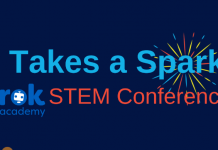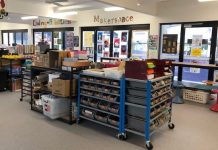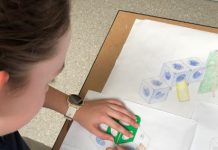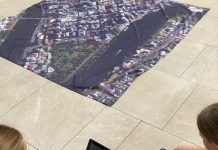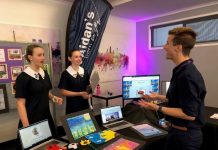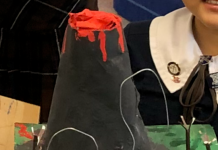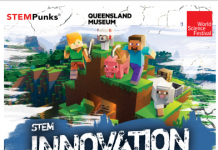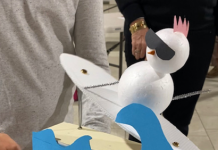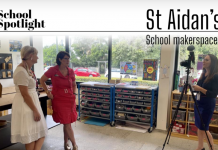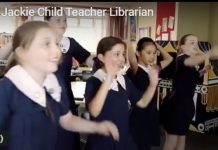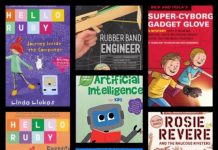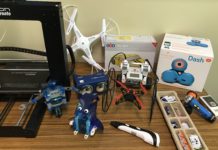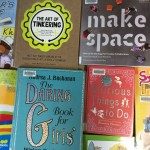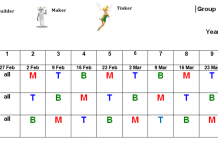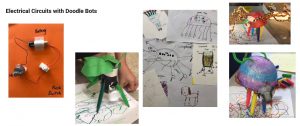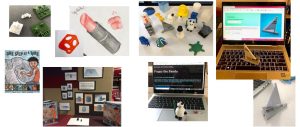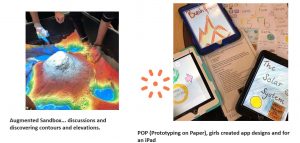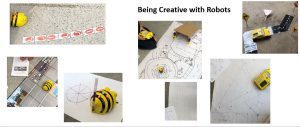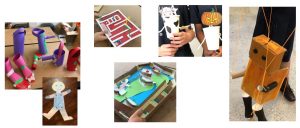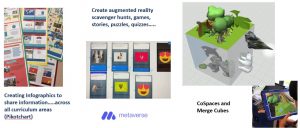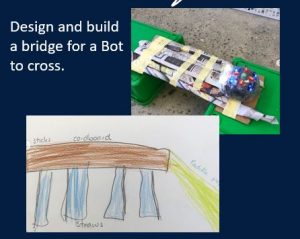 Why do we need our students to be creative?
Why do we need our students to be creative?
ACARA General Capabilities states “Responding to the challenges of the twenty-first century – with its complex environmental, social and economic pressures – requires young people to be creative, innovative, enterprising and adaptable, with the motivation, confidence and skills to use critical and creative thinking purposefully. (ACARA)
The Australian Council for Educational Research (ACER) defines creative thinking as: …. the capacity to generate many different kinds of ideas, manipulate ideas in unusual ways and make unconventional connections in order to outline novel possibilities that have the potential to elegantly meet a given purpose. (Ramalingam et al., 2020).
Much work is, and has been, carried out by the OECD (Organization for Economic Co-operation and Development) and CERI (Centre for Educational Research and Innovation) to review how creative and critical thinking can be implemented and measured.
In previous post creativity was explored through the eyes of Mitch Resnick an inspirational educationalist. This post is looking at why and how technology can enhance creativity in the hands of learners.
Creativity is at the heart of learning for teachers and students. It has always been important for students to think creatively and create and even more so in today’s world and the future. Students and teachers working together to develop critical and creative mindsets to address the challenges of the future. As educators its our responsibility to provide an environment and pedagogy FOR creative thinking. Creativity is across all disciplines so it’s important that teachers and students are encouraged to be risk takers, build mental flexibility and openness. After all, great discoveries are an action of creativity!
For our students to shape the world they are living in they need to be active agents. Creativity is a human characteristic that can’t be replaced by technology, but technology can help build that creativity.
Given the tools and inspiration students can be free to explore, play and discover what they can do with materials and technology. With some explicit teaching of skills and examples of ideas, students are truly amazing in coming up with ‘creative’ solutions to situations, tasks and challenges.
Below are examples of how students have responded with creativity to tasks and challenges using technology.


